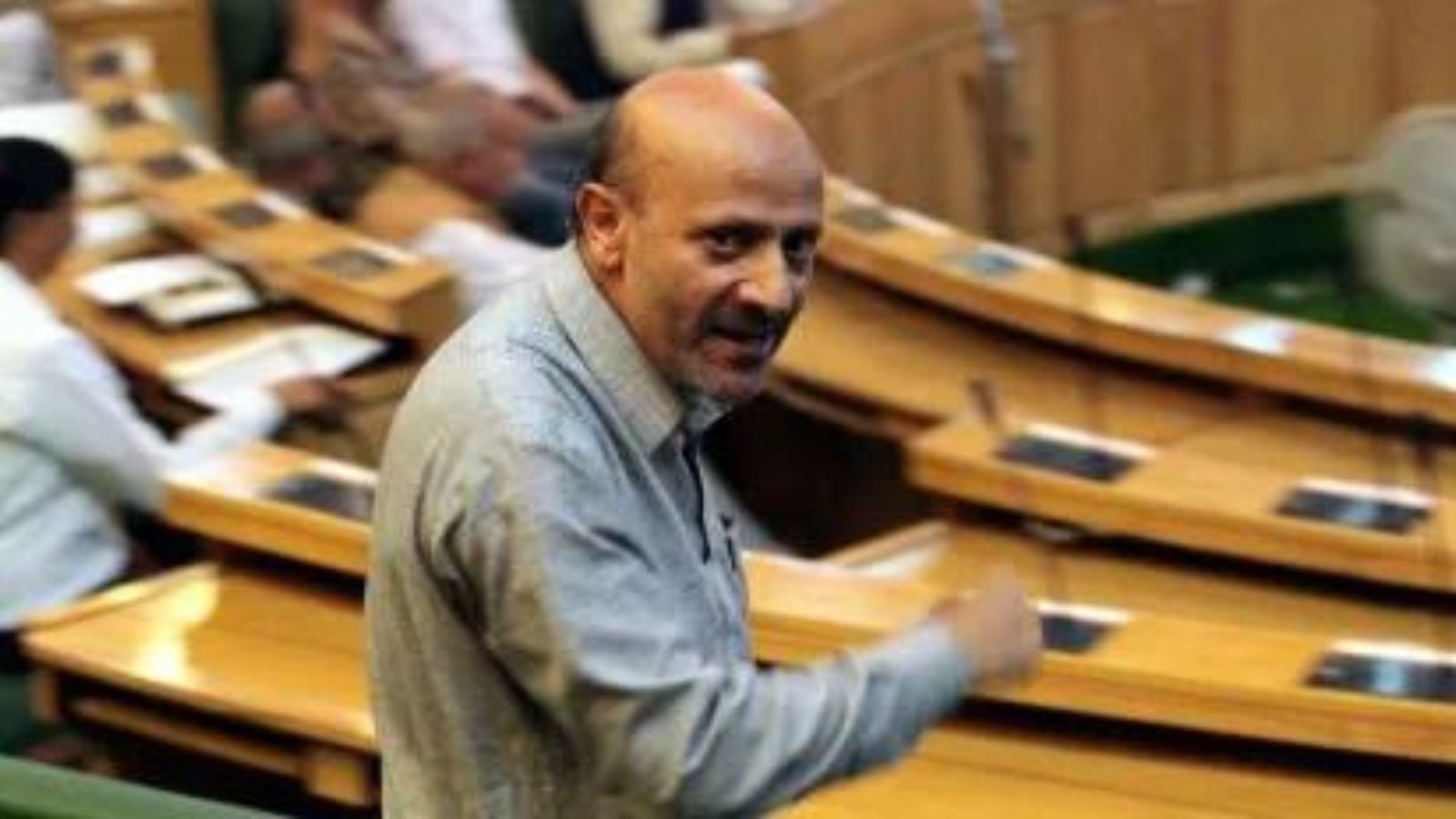Analysing the political landscape of Jammu & Kashmir (J&K), in hindsight, reveals a strategic shift that began in 2014 and continues to evolve. Over the past decade, despite the absence of elections, J&K has seen dramatic political upheavals, marked by the emergence of new political entities and the erosion of established ones. New Delhi’s strategy in the region has been unmistakable — work with anyone but the National Conference (NC) or the People’s Democratic Party (PDP).
With the use of state machinery and coercive tactics, New Delhi has sought to reshape J&K’s political landscape, propping up two new political players — Sajad Lone’s People’s Conference (PC) and Altaf Bukhari’s Apni Party (AP) — as its favoured alternatives. The PDP crumbled quickly, with many of its former members absorbed into these two parties. Meanwhile, organisations like the Jammu and Kashmir Liberation Front (JKLF) and Jamaat were sidelined, either through imprisonment, banning or pressure to join these new political outfits.
However, the NC proved a more formidable obstacle. The party, with its deep-rooted political history and symbolic importance as an architect of J&K’s constitutional distinctiveness, withstood immense pressure from New Delhi. Despite attempts to sideline it, the NC stood firm, refusing to bend. Its resilience was particularly evident during the District Development Council (DDC) elections, where New Delhi’s favoured parties failed to gain significant traction. This inability to weaken the NC contributed to repeated delays in holding elections in the Union Territory (UT).
The emergence of Engineer Rashid
By the time of the 2024 parliamentary elections, with its wide grassroots support and strong brand appeal, the NC seemed poised for victory, particularly after forging an alliance with the INDIA Bloc. Omar Abdullah, the party’s leader, was fielded from the Baramulla constituency, aiming to leave no room for Lone’s PC to gain ground.
But then came a political curveball that no one saw coming. New Delhi allowed Engineer Rashid, who had been serving a jail term in Tihar on charges of terror financing, to contest the elections. The decision raised suspicions, with many viewing it as a calculated move designed to split the NC’s vote and boost PC’s chances. Instead, Engineer Rashid did the unthinkable — he earned a landslide victory, securing over 4.5 lakh votes.
Rashid’s win shocked the political establishment. Analysts scrambled to explain the outcome, with theories ranging from revenge voting to sympathy voting circulating. But what became immediately apparent was that New Delhi had identified a critical actor who can influence the electoral calculus. Following Rashid’s victory, Bukhari’s and Lone’s parties began to lose favour with the establishment, with leaders defecting in large numbers.
Despite no formal announcement of Assembly elections, Rashid’s party immediately started campaigning, particularly in South Kashmir, signalling access to classified information from New Delhi. Soon after, the Election Commission announced Assembly election dates. Rashid was released from jail for a few weeks to campaign for his party in the upcoming elections, signalling New Delhi’s endorsement of his political rise.
New Delhi’s new political tool
The BJP’s long-standing tactic of manufacturing threats to consolidate its support base is nothing new. From demonising Muslims to using the Kashmir issue as a fear-mongering tool, the party has consistently manipulated public sentiment through the creation of “bogeymen”. In this instance, Engineer Rashid has been positioned as the latest in a long line of figures designed to invoke fear and consolidate the BJP’s base in Jammu.
By portraying Rashid as a threat, the BJP aims to stoke fear among its predominantly Hindu voter base in Jammu, rallying them around the perceived danger posed by his rise. At the same time, Rashid’s rhetoric — likely to be inflammatory — will create confusion and division among voters in the Valley. By casting him as a provocateur, New Delhi hopes to fragment the opposition vote, misleading some voters into supporting radical factions instead of the more established NC-INC (Indian National Congress) alliance. The objective is clear. Consolidate Jammu and divide Kashmir.
Figures like Ram Madhav have already begun amplifying Rashid’s statements, building him up as a threat to national security and stability. This is part of a larger strategy to create a narrative of fear that the BJP can use to its advantage in the elections. Rashid’s role is to be New Delhi’s political wild card, a divisive figure allowed to say and do whatever is necessary to achieve the party’s electoral goals.
What happens next?
Predicting the outcome of the Assembly election is difficult, but several scenarios are plausible. In one scenario, the NC-INC alliance secures a majority and forms the government. Given the strength of this alliance and the political maturity of Kashmiri voters, who may see through the BJP’s tactics, this outcome could upset New Delhi’s plans. However, even with a victory, the new government would likely face significant challenges. With a BJP-appointed Lieutenant Governor and a well-entrenched opposition backed by New Delhi, the scope for the new government to operate freely would be limited.
Another possible scenario is that Rashid’s party makes significant inroads, forcing the NC-INC alliance to rely on his support to form the government. In this case, New Delhi would hold the upper hand. Rashid could easily be sent back to jail, and his party, infiltrated by New Delhi-backed figures, could be controlled remotely, making it a puppet organisation with no real power.
In either case, J&K’s political future remains uncertain. The rise of Rashid, far from being a simple electoral surprise, is part of a larger, calculated strategy by the central government to reshape the region’s political dynamics in its favour. While the full implications of this strategy are yet to play out, one thing is certain: New Delhi’s political engineering in J&K is far from over. The use of figures like Engineer Rashid as instruments of disruption reveals just how high the stakes are for both the region and the broader political landscape of India.
The writer is member of District Development Council, Kupwara, and media panelist for the J&K National Conference



